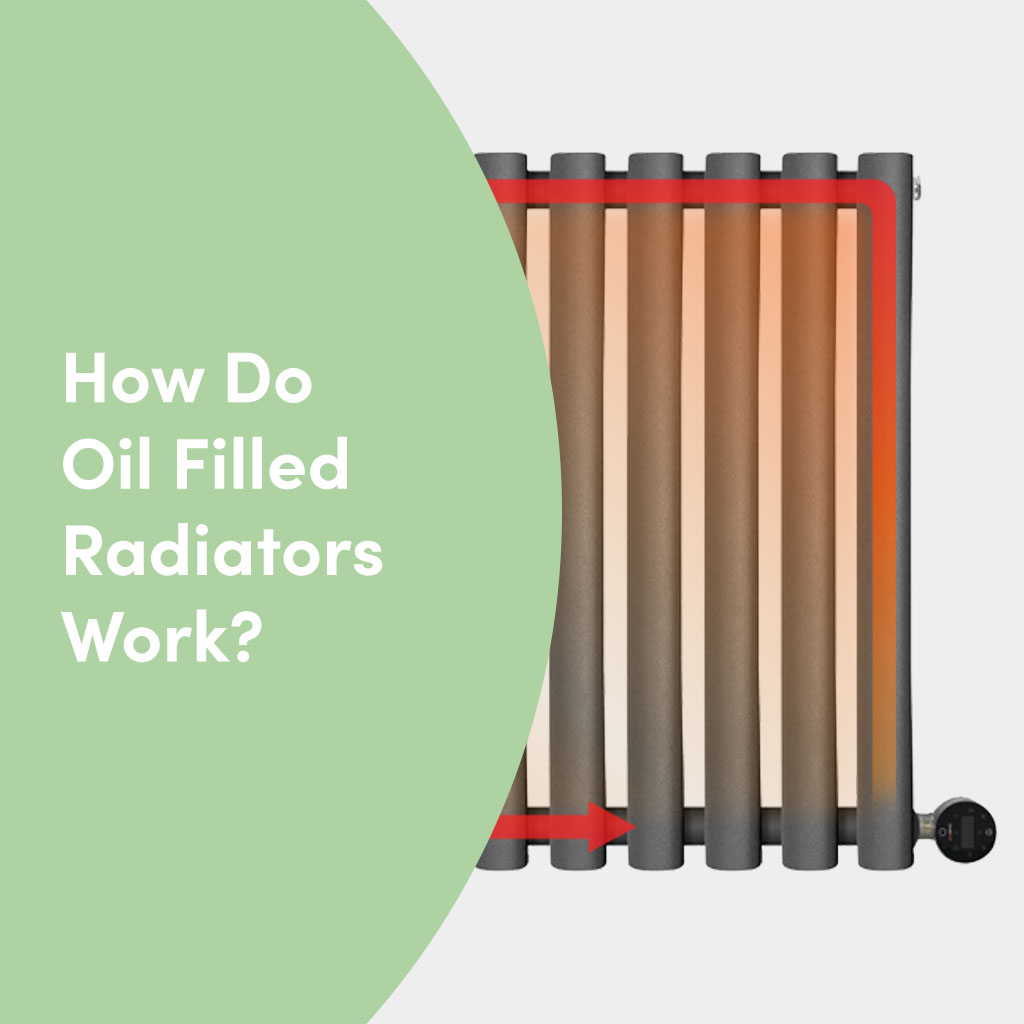How Do Oil Filled Space Heaters Work

Imagine stepping in from a frosty winter day, the kind where the wind howls a mournful tune and your fingers feel like ice. The chill clings to you, sinking deep. But then, you enter a room bathed in a gentle, pervasive warmth, a warmth that doesn't blast you but rather embraces you like a comforting hug.
This subtle, consistent heat is often the hallmark of an oil-filled space heater. But how exactly do these seemingly simple devices transform cold, stark rooms into cozy havens? Let's unravel the mystery behind their operation.
At its heart, an oil-filled space heater operates on a straightforward principle: electricity heats oil, which in turn radiates heat into the surrounding environment. Unlike traditional space heaters that use exposed heating elements and fans, oil-filled models rely on a closed-loop system, making them a safer and often more energy-efficient alternative.
The Inner Workings: A Step-by-Step Guide
First, let's talk about the oil. It's not the kind you’d find in your car engine. It is a special type of diathermic oil, specifically designed to retain heat efficiently and resist breakdown at high temperatures.
An electric resistance heater, submerged within the oil, heats the oil. This heating element is essentially a coil of wire that gets hot when electricity passes through it.
As the oil heats up, it circulates naturally within the heater's fins through convection. Warmer oil rises, cooler oil sinks, creating a continuous cycle that distributes heat evenly throughout the entire unit.
The heated metal fins then radiate this warmth into the room. This radiant heat warms objects and people directly, rather than just heating the air. This is a key difference from fan-forced heaters.
Why Oil?
The use of oil as a heat transfer medium offers several advantages. Oil retains heat far longer than air. This means that even after the heater is switched off, it continues to radiate warmth, providing a more consistent and lingering heat source.
Furthermore, the enclosed system eliminates the risk of exposed heating elements, reducing the risk of burns and fire hazards, a common concern with other types of space heaters.
According to Energy.gov, while all space heaters should be used with caution, oil-filled models generally pose a lower risk due to their design.
Benefits and Considerations
Oil-filled heaters are known for their quiet operation. They lack fans, which makes them a great choice for bedrooms or offices where noise is a concern.
They also don’t dry out the air as much as some other types of heaters, thanks to the absence of a forced-air system that can strip moisture from the environment.
However, they do take longer to heat up initially compared to fan-forced heaters. Their larger size can also make them less portable, though many models come with wheels for easier movement.
A Warm Conclusion
Oil-filled space heaters offer a gentle, consistent, and relatively safe way to add warmth to a room. Their ability to radiate heat long after they're turned off, coupled with their quiet operation, makes them a valuable addition to any home seeking a bit of extra comfort during the colder months.
So, the next time you're enveloped in the cozy embrace of an oil-filled heater, you'll know the fascinating process that transforms simple electricity into a haven of warmth.


















